Description
This heat treatable martensitic, nickel-bearing grade has the best corrosion resistance properties of all the martensitic grades. It has excellent tensile and torque strength, and good toughness, making it ideally suited to shafting and bolt applications. It can be hardened to approximately 40HRC. Because of its high yield strength, this grade is not readily cold worked and is therefore not recommended for use in operations such as cold heading, bending, deep drawing or spinning. Martensitic stainless steels are optimised for high hardness, and other properties are to some degree compromised. Fabrication must be by methods that allow for poor weldability and usually also allow for a final harden and temper heat treatment. Corrosion resistance is generally lower than the common austenitic grades, and their useful operating temperature range is limited by their loss of ductility at sub-zero temperatures and loss of strength by over-tempering at elevated temperatures.
Corrosion Resisting Alloy 4S80 / 5S80 / 6S80 7S80
Specification
- AISI 431
- T431 SS
- UNS S43100 AMS2303
- AMS-5628 HI SHEAR #115 (CHEM ONLY)
- AMS-S-18732
- ASTM-A-276
- DMS-1565 EXC. SONIC
- MIL-S-18732
- QQS-763 EXC HARDNESS & IZOD
| CHEMICAL COMPOSITION | |||||||
|---|---|---|---|---|---|---|---|
| Weight % | C | Si | Mn | P+s max | cr | Ni | Others (max) |
| 4- S80 5- S80 6- S80 7- S80 Bar | 0.12/0.20 | 1.00 max | 1.00 max | 0.030P 0.025S | 15.00/18.00 | 2.00 / 3.00 | Mo 0.3 / Co 0.05 / Cu 0.3 / Nb 0.05/Sn 0.02 / Ti 0.05 / V 0.20 / W 0.05 |
Heat Treatment of Stainless 431
- Process anneal at 1150° to 1225°F (621° to 663°C) before air cooling
- Harden by heating to 1800° to 1950°F (982° to 1066°C) for 30 minutes, then oil quench
- Temper by heating to 400° to 1200°F (204° to 649°C), then air cool
- Heat to 800° to 1700°F (427° to 927°C) to help eliminate stress corrosion cracking.
- Avoid intergranular corrosion by performing stress relief from 450° to 750°F (232° to 399°C)
Applications of Stainless 431
- Marine components
- Aircraft Parts and Components
- Bolts and Nuts
- Fasteners
- Pump Shafts
- Propeller Shafts
- Studs
- Valve Parts etc.
Machinability of Stainless 431
- Carbide tools recommended
- Machine with carbide tools at higher speeds than high-speed tools
Workability of Stainless 431
- Forge and hot form from 1500° to 2150°F (816° to 1177°C)
- Easy to cold work sheet and small bars
- Extreme flanging and bending of heavy pieces at 1350° to 1550°F (732° to 843°C)
431 S43100 431S29 1.4057 X17CrNi16-2 2321 SUS 431
These comparisons are approximate only. The list is intended as a comparison of functionally similar materials not as a schedule of contractual equivalents. If exact equivalents are needed original specifications must be consulted.
Table 1. Composition ranges for 440 grade stainless steels.
| GRADE | C | MN | SI | P | S | CR | MO | NI | N | |
|---|---|---|---|---|---|---|---|---|---|---|
| 440A | min. max. | 0.65 0.75 | – 1.00 | – 1.00 | – 0.040 | – 0.030 | 16.00 18.00 | – 0.75 | – | – |
| 440B | min. max. | 0.65 0.75 | – 1.00 | – 1.00 | – 0.040 | – 0.030 | 16.00 18.00 | – 0.75 | – | – |
| 440C | min. max. | 0.65 0.75 | – 1.00 | – 1.00 | – 0.040 | – 0.030 | 16.00 18.00 | – 0.75 | – | – |
Mechanical Properties
Table 2. Mechanical properties of 440C grade stainless steels.
| TEMPERING TEMPERATURE (°C) | TENSILE STRENGTH (MPA) | YIELD STRENGTH 0.2% PROOF (MPA) | ELONGATION (% IN 50MM) | HARDNESS ROCKWELL (HR C) | IMPACT CHARPY V (J) |
|---|---|---|---|---|---|
| Annealed* | 758 | 448 | 14 | 269HB | max# |
| 204 | 2030 | 1900 | 4 | 59 | 9 |
| 260 | 1960 | 1830 | 4 | 57 | 9 |
| 316 | 1860 | 1740 | 4 | 56 | 9 |
| 317 | 1790 | 1660 | 4 | 56 | 9 |
| * Annealed properties are typical for Condition A of ASTM A276 # Brinell Hardness is ASTM A276 specified maximum for annealed 440A, B and C.s | |||||
Physical Properties
Table 3. Typical physical properties for 440 grade stainless steels.
| GRADE | DENSITY (KG/M3) | ELASTIC MODULUS (GPA) | MEAN COEFFICIENT OF THERMAL EXPANSION (MM/M/°C) | THERMAL CONDUCTIVITY (W/M.K) | SPECIFIC HEAT 0-100°C (J/KG.K) | ELECTRICAL RESISTIVITY (NW.M) | |||
|---|---|---|---|---|---|---|---|---|---|
| 0-100°C | 0-200°C | 0-600°C | AT 100°C | AT 500°C | |||||
| 440A/B/C | 7650 | 200 | 10.1 | 10.3 | 11.7 | 24.2 | – | 460 | 600 |
Grade Specification Comparison
Table 4. Grade specifications for 440 grade stainless steels.
| GRADE | UNS NO | OLD BRITISH | EURONORM | SWEDISH SS | JAPANESE JIS | ||
|---|---|---|---|---|---|---|---|
| BS | EN | NO | NAME | ||||
| 440A | S44002 | – | – | SUS 440A | |||
| 440B | S44003 | 1.4112 | X90CrMoV18 | SUS 440B | |||
| 440C | S44004 | 1.4125 | X105CrMo17 | – | SUS 440C | ||
| These comparisons are approximate only. The list is intended as a comparison of functionally similar materials not as a schedule of contractual equivalents. If exact equivalents are needed original specifications must be consulted. | |||||||
Possible Alternative Grades
Table 5. Possible alternative grades to 440 stainless steel.
| GRADE | WHY IT MIGHT BE CHOSEN INSTEAD OF 440C |
|---|---|
| 440A/B | Slightly softer and more corrosion resistant grade needed |
| 440F | High machinability required, with same hardness and hardenability as 440C |
| 420 | Lower strength and hardness needed than any of the 440 grades |
| 416 | Higher machinability required, and the much lower hardness and strength is still adequate |

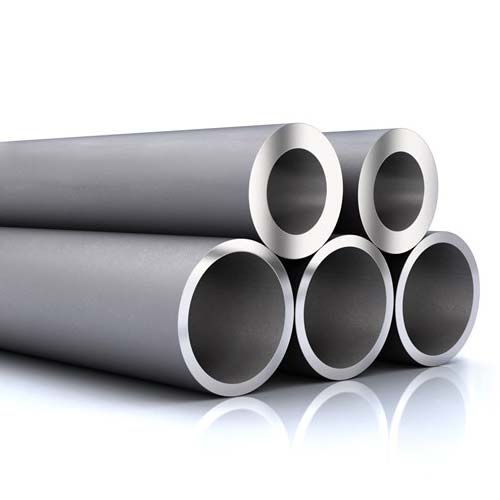
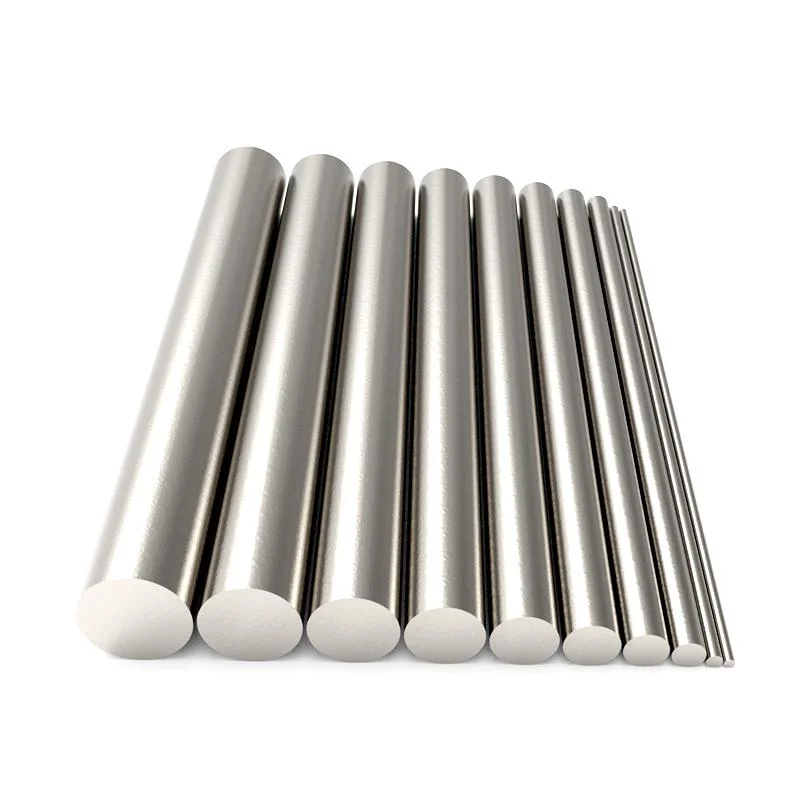
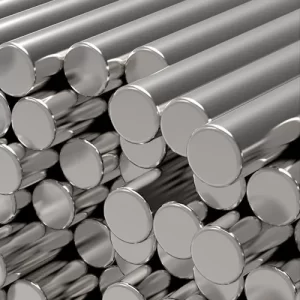
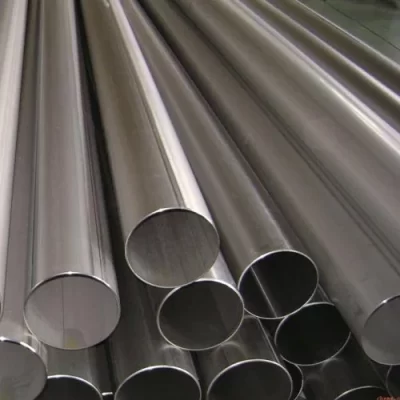
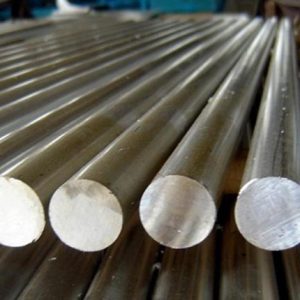
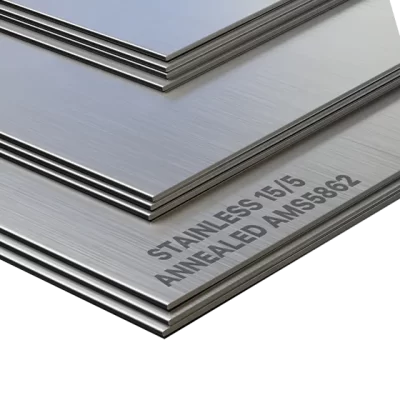

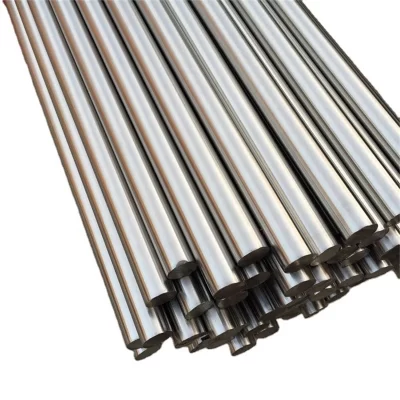
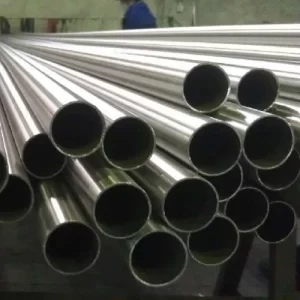
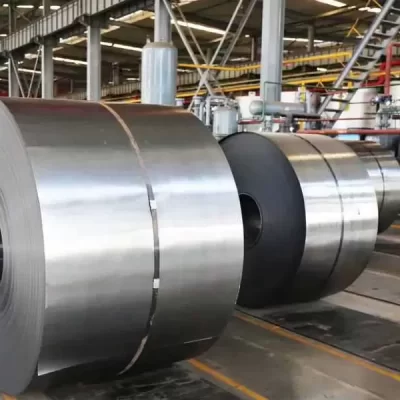
Reviews
There are no reviews yet.